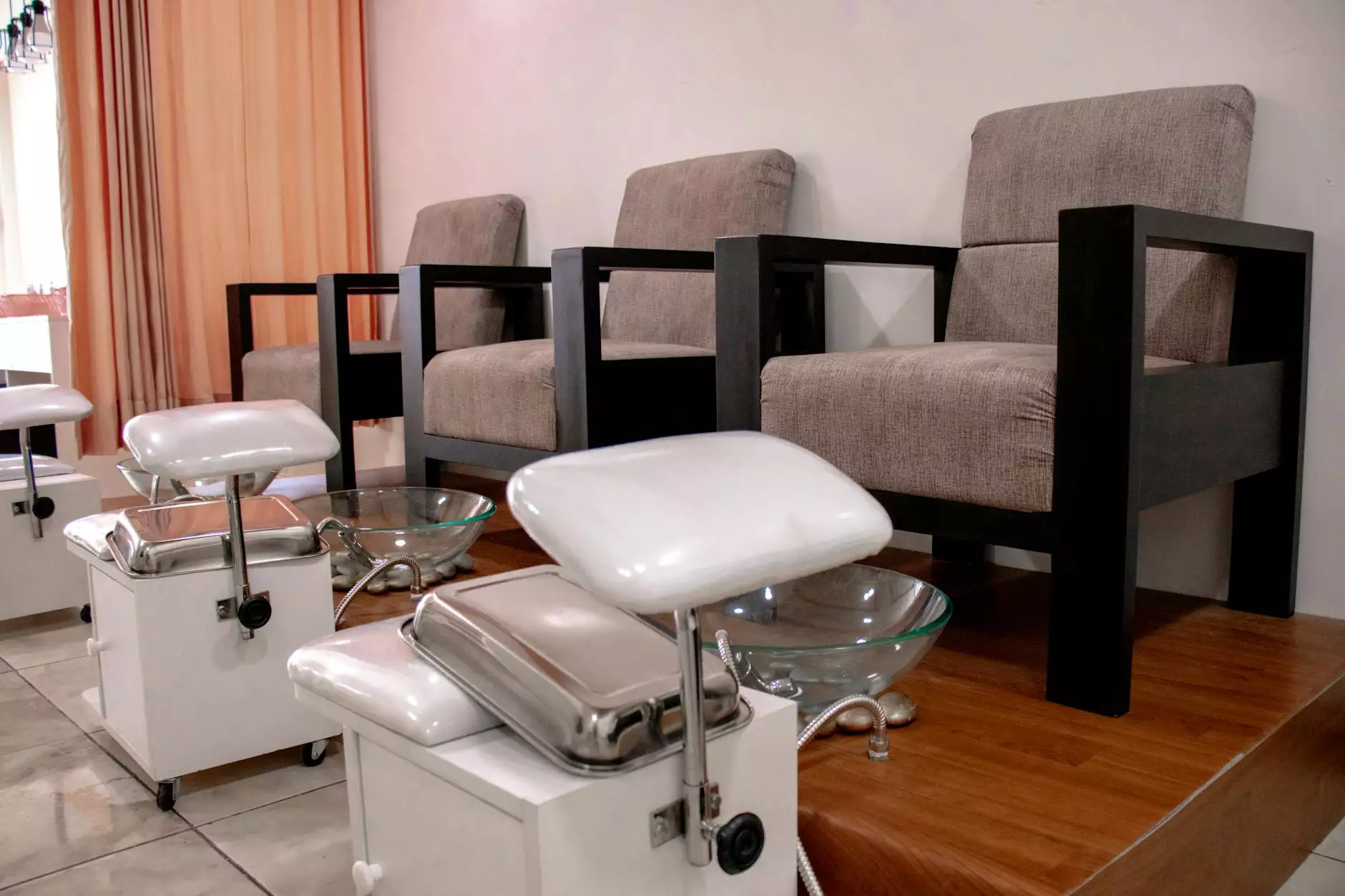Understanding and Managing Swelling in Both Legs

What is Swelling in Both Legs?
Swelling in both legs is a common condition that can affect individuals of all ages. It typically occurs when excess fluid builds up in the tissues of the legs, causing them to become swollen, puffy, or even painful. This condition can result from various factors, including medical conditions, lifestyle choices, and even temporary situations. Understanding the underlying causes and treatment options is crucial for effective management.
Common Causes of Swelling in Both Legs
There are numerous reasons why an individual might experience swelling in both legs. Here are some of the most common:
- Heart Failure: This condition can lead to fluid retention, causing swelling in the legs.
- Kidney Disease: Impaired kidney function can result in fluid and salt retention, often manifesting as leg swelling.
- Liver Disease: Conditions such as cirrhosis can cause fluid accumulation in the legs due to changes in blood flow and pressure.
- Venous Insufficiency: Poor blood flow in the veins can result in fluid pooling in the legs, leading to swelling.
- Infections: Infections in the legs can cause inflammation and subsequent swelling.
- Medications: Some medications, such as those used for high blood pressure, can lead to fluid retention.
- Pregnancy: Hormonal changes and increased fluid volume during pregnancy often lead to swelling in the legs.
Symptoms Associated with Swelling in Both Legs
Individuals with swelling in both legs may experience a range of symptoms, which can vary widely depending on the underlying cause. Common symptoms include:
- Puffiness or swelling in the legs and ankles
- Prolonged feeling of heaviness in the legs
- Pain or tenderness in the swollen areas
- Skin changes, such as tightness or discoloration
- Increased warmth in the affected areas
Diagnosis of Swelling in Both Legs
Accurate diagnosis is vital for effective treatment of swelling in both legs. A healthcare provider will typically start with a detailed medical history and physical examination. The following diagnostic tests might be recommended:
- Blood Tests: To check for signs of kidney, liver, or heart issues.
- Urinalysis: To evaluate kidney function.
- Ultrasound: To examine blood flow and detect any clots.
- X-rays or CT scans: To identify any underlying structural problems.
Effective Treatment Options for Swelling in Both Legs
Treatment for swelling in both legs depends on the underlying cause. Here are several common approaches:
- Medication: Depending on the diagnosis, medications may include diuretics for fluid retention, antibiotics for infections, or medications to manage heart or kidney issues.
- Dietary Changes: Reducing salt intake can help alleviate retention. Eating a balanced diet rich in fruits and vegetables is recommended.
- Compression Therapy: Wearing compression stockings can promote better circulation and reduce swelling.
- Elevation: Elevating the legs when resting can help reduce swelling by encouraging fluid drainage.
- Physical Activity: Regular exercise, such as walking or swimming, can improve circulation and reduce fluid buildup.
- Medical Procedures: In some cases, procedures such as vein stripping or ablation may be necessary.
Home Remedies for Managing Swelling in Both Legs
In addition to medical treatments, several home remedies may alleviate swelling in both legs:
- Stay Hydrated: Drinking plenty of water can help reduce fluid retention.
- Cold Compresses: Applying cold packs can reduce swelling and numb any associated pain.
- Gentle Massage: Massaging the swollen areas can aid in lymphatic drainage.
- Herbal Remedies: Certain herbs, such as ginger and turmeric, may have anti-inflammatory properties.
When to Seek Medical Attention for Swelling in Both Legs
While mild swelling in the legs may not be a cause for concern, there are situations where medical attention is necessary. Seek urgent medical help if you experience:
- Sudden and severe swelling
- Pain or tenderness in the calf that worsens
- Shortness of breath or chest pain
- Fever or chills accompanying the swelling
- Changes in skin color or temperature in the affected areas
Preventive Measures for Swelling in Both Legs
Preventing swelling in both legs involves lifestyle choices that promote overall circulation and health. Here are some effective strategies:
- Regular Exercise: Engaging in physical activity helps maintain healthy blood circulation.
- Avoid Prolonged Sitting or Standing: If your job requires long periods of sitting or standing, take regular breaks to move around.
- Maintain a Healthy Weight: Achieving and maintaining a healthy weight can alleviate pressure on the legs and improve circulation.
- Wear Comfortable Shoes: Avoid tight footwear which can restrict blood flow.
- Control Chronic Conditions: Proper management of conditions such as diabetes, hypertension, and heart disease is crucial.
Conclusion
Swelling in both legs is a symptom that can arise from various underlying issues, and recognizing its importance is vital for maintaining leg health. By educating yourself about the causes, symptoms, and treatments, you set the foundation for health and well-being. Always consult with healthcare professionals for accurate diagnosis and treatment tailored to your needs.
For more information and specialized care, visit Truffles Vein Specialists.









